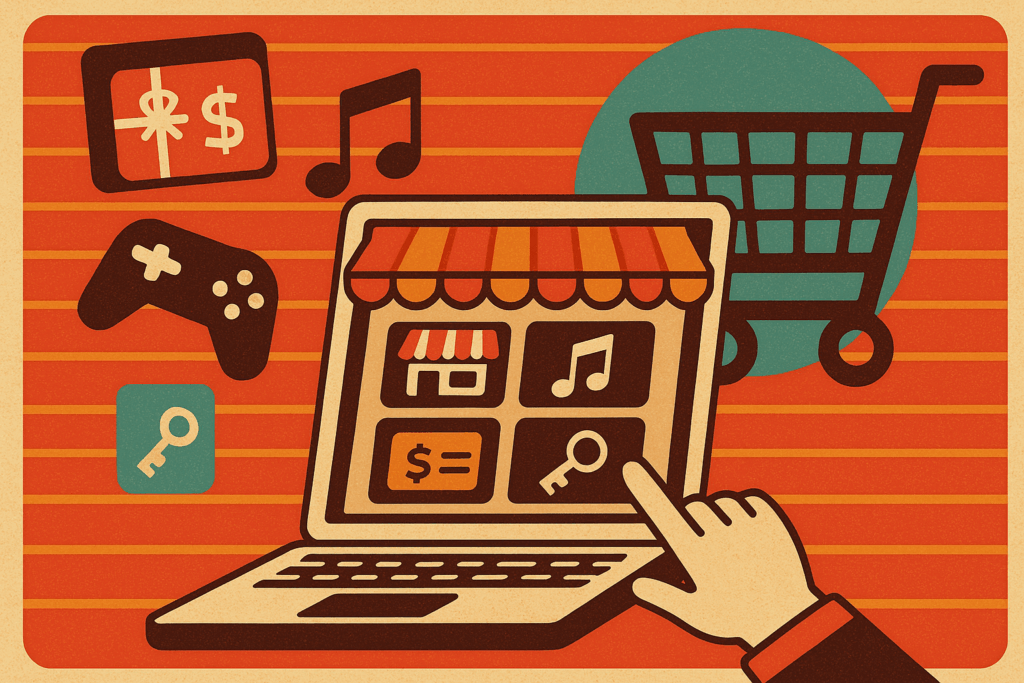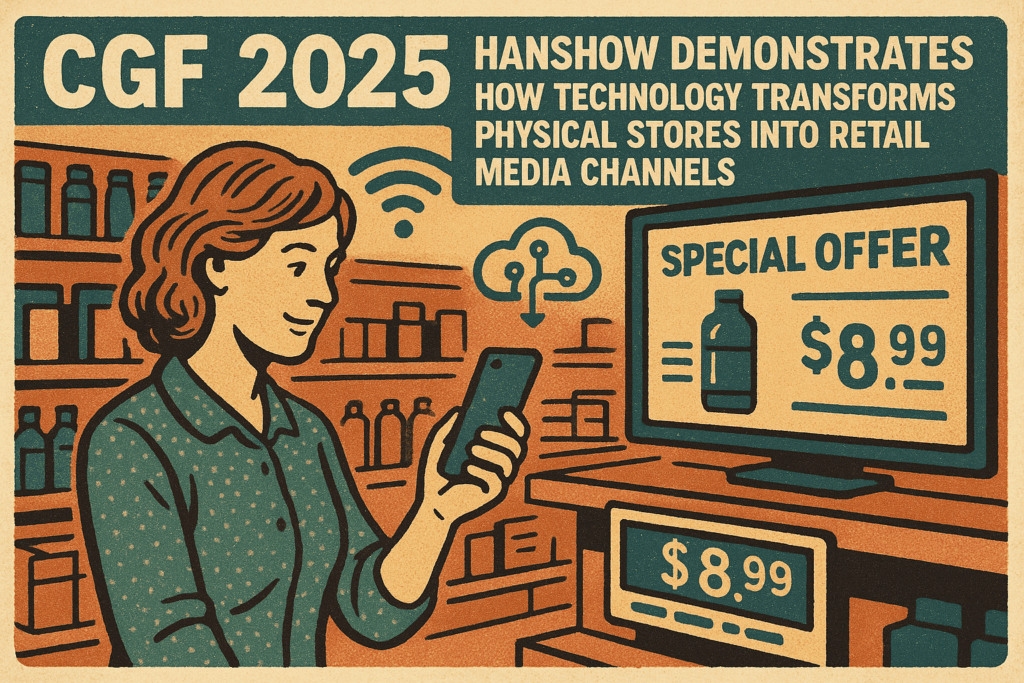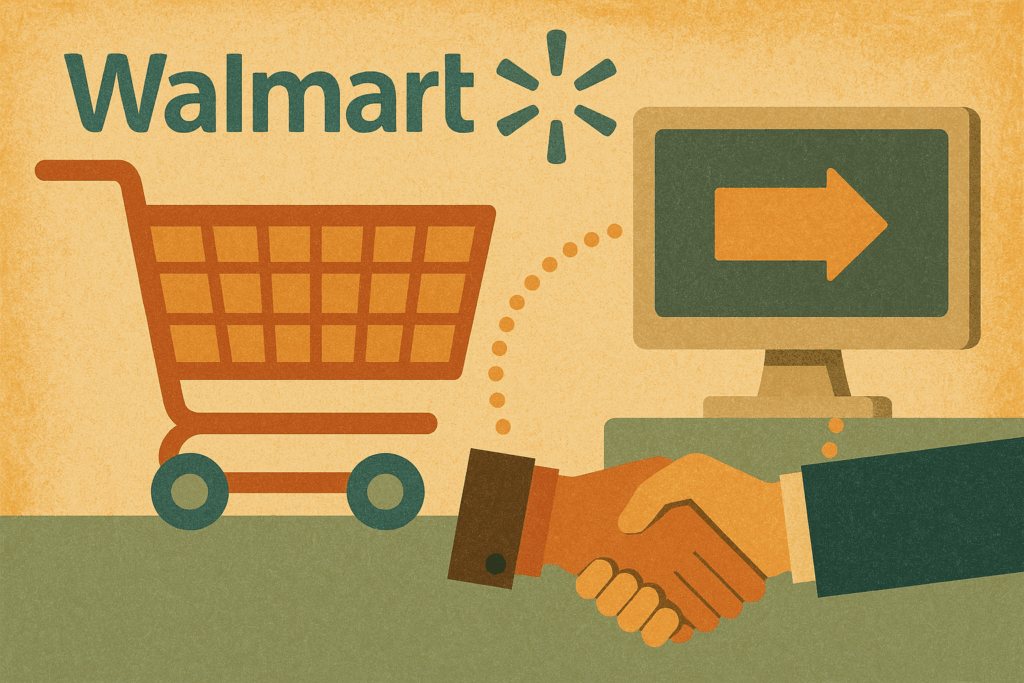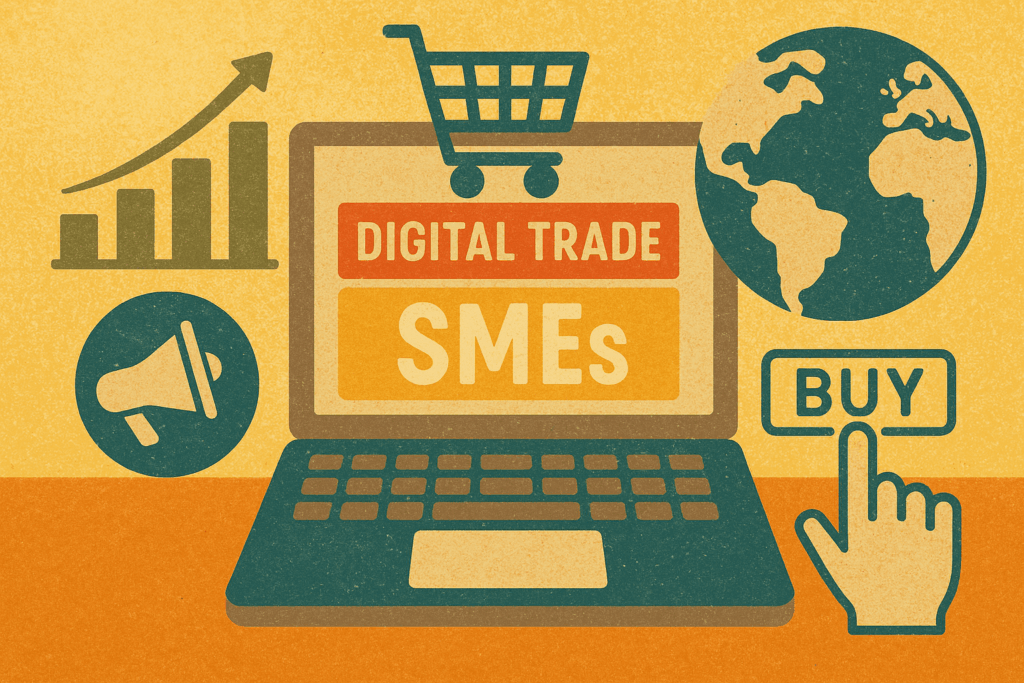Key Drivers Behind the Shift
The retail landscape for digital goods has undergone a substantial transformation as consumers increasingly turn to specialized digital marketplaces for their purchases. These platforms enable immediate access to a broad range of digital products including video games, software keys, streaming and music subscriptions, and gift cards. Convenience remains a primary factor driving this shift, with instant delivery removing traditional barriers faced in physical and official digital storefronts.
Alongside convenience, competitive pricing supported by year-round promotions appeals to price-sensitive consumers. These marketplaces often offer discounts that are less common in conventional distribution channels. Furthermore, the expansion from gaming-related products to encompassing diverse subscription services and gift cards reflects evolving consumer preferences for flexible digital consumption.
The Growing Impact of Digital Marketplaces on Digital Goods Retail
Specialized digital marketplaces have emerged as a focal point for acquiring non-physical goods. Their increasing prominence signals a departure from reliance exclusively on publisher-owned or brand-specific platforms. This evolution aligns with broader trends in ecommerce where user experience, rapid fulfillment, and price transparency hold significant value.
For retailers and brands operating within the digital goods sphere, these marketplaces represent an alternative distribution channel that could influence pricing strategies, consumer reach, and brand positioning. From an industry perspective, the rise of these platforms may prompt reassessment of traditional digital retail models and stimulate innovation in subscription offerings and transactional frameworks.
In conclusion, the shift toward digital marketplaces for purchasing games, subscriptions, and gift cards not only reflects changing consumer behavior but also underscores a notable development in the digital retail economy. As these platforms continue to gain traction, their role in shaping how digital goods are marketed, distributed, and consumed will likely become increasingly significant across ecommerce and retail media sectors.



